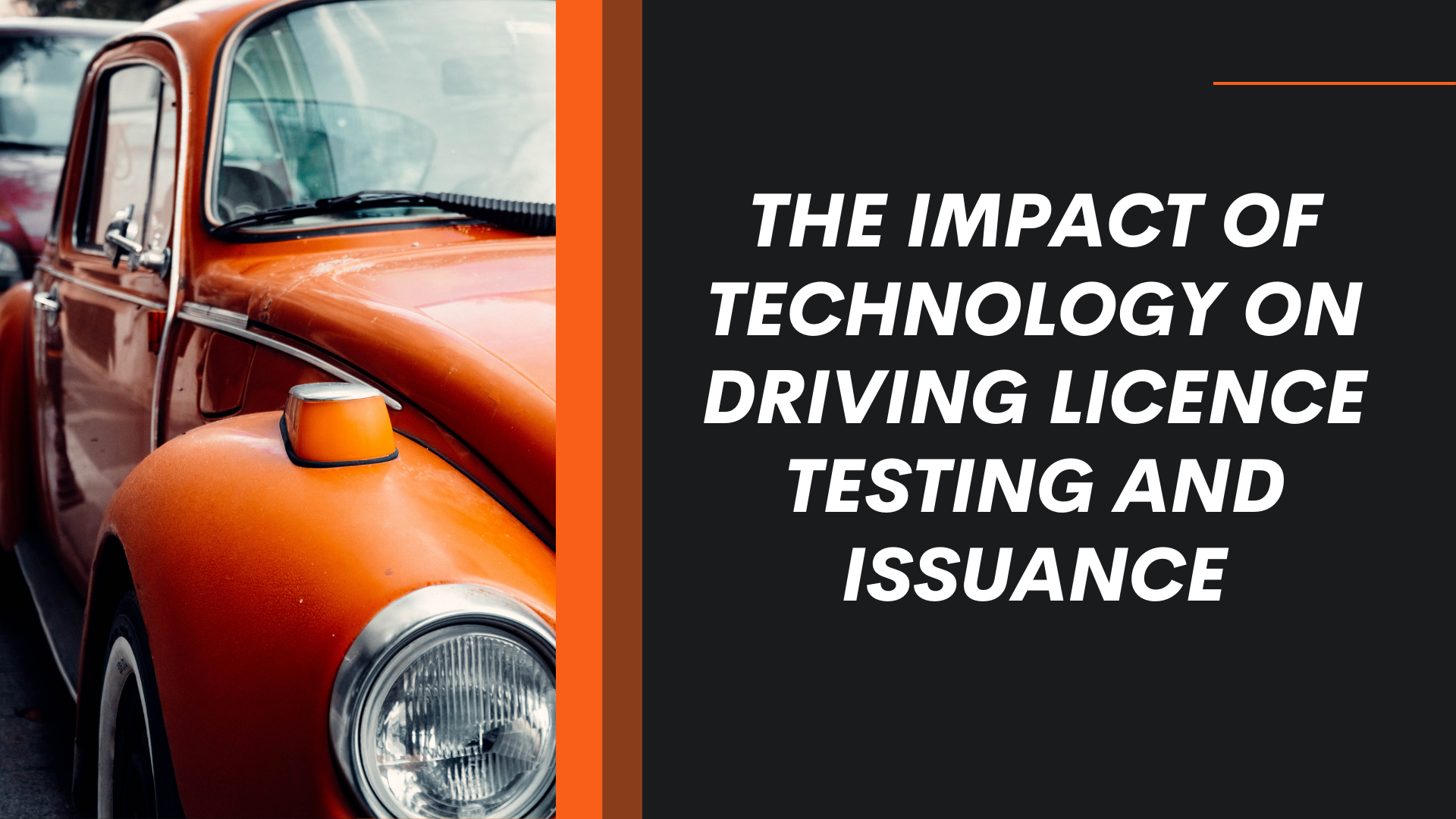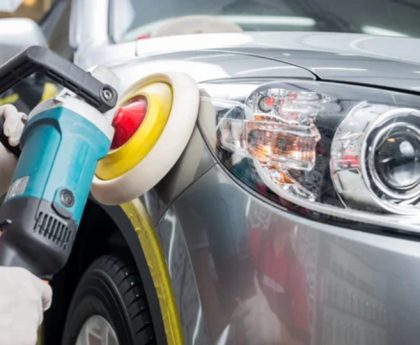Introduction:
In the modern era, technology has revolutionized almost every aspect of human life, and the realm of driving licence testing and issuance is no exception. Gone are the days of paper-based exams and lengthy bureaucratic processes. The integration of technology in this domain has streamlined procedures, enhanced efficiency, and improved the overall experience for both aspiring drivers and licensing authorities. This article explores the transformative impact of technology on driving licence testing and issuance, highlighting its benefits and implications for the future.
Online Testing Platforms:
One of the most significant advancements in the driving licence testing process is the adoption of online testing platforms. These platforms offer convenience and flexibility for applicants, allowing them to take the written exams at their own pace and from the comfort of their homes. Online tests can be dynamically generated, minimizing the chances of cheating and ensuring a fair evaluation. Furthermore, these platforms can provide instant feedback to applicants, helping them identify areas for improvement and enhancing their understanding of road safety rules.
Virtual Simulations:
The advent of virtual simulations has brought a revolutionary change to practical driving tests. Simulators offer a safe and controlled environment for new drivers to practice various driving scenarios, including adverse weather conditions and challenging road situations. By using simulations, testing authorities can assess a candidate’s reactions, decision-making skills, and adherence to traffic rules without compromising safety. This approach helps in reducing accidents caused by inexperienced drivers and ensures that only competent individuals are granted a driving licence.
Automated Evaluation Systems:
Traditionally, human examiners were solely responsible for grading driving tests, which could lead to inconsistencies and subjective judgments. However, with the integration of automated evaluation systems, objectivity and accuracy have been significantly improved. Utilizing technologies like computer vision and artificial intelligence, these systems can analyze a candidate’s driving performance, including lane control, speed management, and adherence to traffic signals. This data-driven approach ensures fair evaluations and reduces the chances of human error.
Mobile driving licence (mDL) Implementation:
The emergence of mobile driving licences (mDLs) is transforming the way licenses are issued and carried. Instead of relying on a physical card, individuals can store their driving licence digitally on their smartphones. mDLs offer added security features, such as biometric authentication, making them more challenging to counterfeit. Additionally, they provide a convenient and accessible way for individuals to present their credentials, whether during traffic stops or other identification scenarios.
Enhanced Data Management and Analytics:
Technology has also revolutionized the way licensing authorities handle data. With the digitization of driving licence records, information about license holders is now more easily accessible and can be efficiently managed. This improved data management system allows authorities to track driving histories, monitor traffic violations, and identify high-risk drivers more effectively. By analyzing data on driver behavior and traffic patterns, authorities can implement targeted interventions and safety measures to reduce accidents and improve overall road safety.
Remote Identity Verification:
In the past, verifying the identity of license applicants required in-person visits and extensive documentation. Thanks to advancements in biometric technology and secure data sharing, remote identity verification has become a reality. Aspiring drivers can now submit their documents electronically and participate in remote video interviews to confirm their identity. This process not only saves time and resources for both applicants and authorities but also enhances the verification accuracy, reducing the potential for identity fraud.
Personalized Driver Training Programs:
Technology enables the development of personalized driver training programs that cater to individual needs and skill levels. Utilizing data from online testing platforms, simulations, and previous driving experiences, algorithms can identify areas where applicants need improvement. Tailored training programs can then be designed to address specific weaknesses, ensuring that each candidate receives the guidance and support required to become a responsible and skilled driver.
Integration of Smart Vehicles and IoT:
The rise of smart vehicles and the Internet of Things (IoT) has also influenced driving licence testing and issuance. As automotive technology advances, it becomes essential for drivers to familiarize themselves with the features and interfaces of modern vehicles. Testing authorities can now incorporate smart vehicle simulators into the practical exam process, ensuring that applicants can operate these advanced vehicles safely and confidently. This proactive approach also promotes awareness of emerging technologies, preparing drivers for the future of transportation.
Streamlined License Renewal and Updates:
With traditional paper-based licenses, updating information or renewing a license could be a cumbersome process. Technology has simplified license renewal and updates by enabling online portals and self-service kiosks. License holders can easily update their contact information, add endorsements, or renew their licenses electronically, minimizing the need for in-person visits to government offices. This streamlining not only saves time and resources but also ensures that licenses are kept up to date accurately.
Suggested Read- Driving Licence Renewal
Conclusion:
The integration of technology into driving licence testing and issuance processes has undeniably had a positive impact on road safety and administrative efficiency. Online testing platforms have made it easier for applicants to access exams and receive prompt feedback, while virtual simulations have improved practical testing and training. Automated evaluation systems ensure consistency and objectivity in grading, and the implementation of mobile driving licences has simplified identification procedures.
However, while technology brings numerous benefits, it also presents challenges. Ensuring the security and integrity of digital systems is crucial, as any breach could compromise sensitive personal data. Additionally, not all individuals may have equal access to technology, potentially creating disparities in access to licensing services.
As technology continues to evolve, ongoing research and development will be essential to address these challenges and further enhance the driving licence testing and issuance processes. Striking a balance between innovation and inclusivity will be key to creating a safer and more accessible driving environment for all.




